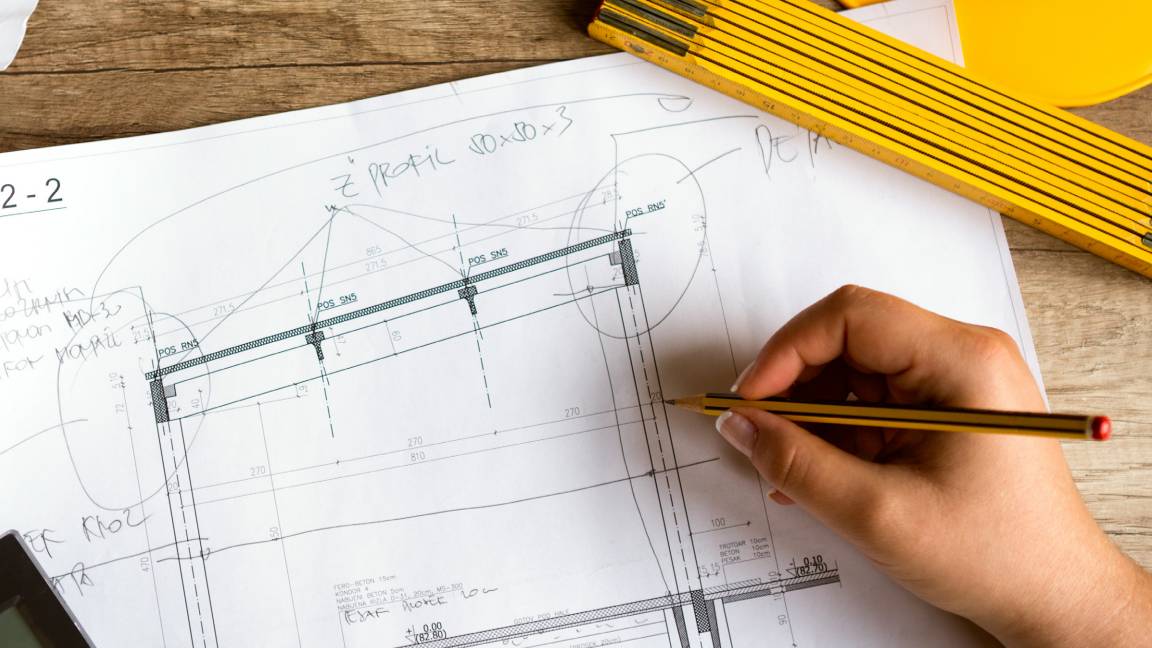
This editorially independent article was made possible by HP thanks HP!
Along the path of every small business, there will be moments when you need to gather together your team and develop ideas. This process of brainstorming and workshopping together isn't as easy as it sounds. It's all too easy for a workshop to degenerate into a one-person presentation, or simply to be unfocused and ineffective.
So how do you keep things on track and make the most of a workshop or brainstorm?
1. Have a moderator
Workshops are collaborative, but that doesn't mean they're unstructured. The most important thing you can do to make workshops focused is to have a single moderator for the whole session.
What does the moderator do? The most important role of the moderator is to keep things focused. That means reeling the group in when it goes off on a tangent, as all groups will do from time to time. Quite often, the moderator will also be responsible for making sure the environment is right for the workshop, providing plenty of materials. Most importantly, they need to be a "people" person someone good at providing direction without being authoritarian.
2. Know what you intend to get out of the meeting
Part of the role of the moderator is to keep things on track but on track towards what? Always have a clear idea of the goal of the workshop, what you intend to get out of it. However, make sure that the goal of the meeting is achievable in the time available. Don't expect to develop a complete, ready-to-pitch business plan in an hour!
3. Avoid computers use paper
Computers are brilliant tools, but they're often terrible for brainstorming. Why? Because they encourage you to delete and edit what you're working on. For a brainstorm, paper is the best tool for the job: pads of paper, Post-it notes or whiteboard space. If part of the brainstorm requires work on a computer, make sure it's printed out and put up on a board rather than lurking in a file. The physicality of paper makes a huge difference to idea generation.
Sign up today and you will receive a free copy of our Future Focus 2025 report - the leading guidance on AI, cybersecurity and other IT challenges as per 700+ senior executives
4. No idea is a bad idea (at least at first)
It's a bit of a clich, but it's true: in a brainstorm, no idea is a bad idea at least at first. Remember that the point of a brainstorm is to generate ideas and then develop them, but if you get into whether an idea is good or bad immediately after writing it down, you'll get stuck critiquing that idea, rather than generating more.
But surely you have to weigh up the ideas at some point? Of course but quite often you'll find that a mediocre or impossible idea sparks other, better ideas as you go along. If you stop and evaluate every idea as it's thought up, that "sparking" process won't happen.
5. Start general, but drill down
However, once you have a good pool of broad ideas to work with, it's time to drill down into them and develop them further. This is where a great moderator comes in handy, because knowing the right time to start working through your ideas requires good "people" skills. You need to know when the well of ideas is starting to run dry, but also keep timekeeping on track even when things are still "sparking". Now's the time to start getting rid of ideas that won't make the grade, but be careful that you don't succumb to "group-think" and immediately dismiss what might be great concepts. Instead, evaluate each idea on its merits, and develop it further, asking plenty more questions to build it into something more solid.
Image by Kevin Dooley, used under creative commons license.
ITPro is a global business technology website providing the latest news, analysis, and business insight for IT decision-makers. Whether it's cyber security, cloud computing, IT infrastructure, or business strategy, we aim to equip leaders with the data they need to make informed IT investments.
For regular updates delivered to your inbox and social feeds, be sure to sign up to our daily newsletter and follow on us LinkedIn and Twitter.
-
 Cisco sounds alarm over AsyncOS zero-day flaw
Cisco sounds alarm over AsyncOS zero-day flawNews The zero-day vulnerability affects Cisco's Secure Email Gateway and Secure Email and Web Manager appliances – here's what we know so far.
-
 EU lawmakers want to limit the use of ‘algorithmic management’ systems at work
EU lawmakers want to limit the use of ‘algorithmic management’ systems at workNews All workplace decisions should have human oversight and be transparent, fair, and safe, MEPs insist
-
 HP’s sustainability drive is paying off for channel partners
HP’s sustainability drive is paying off for channel partnersNews Channel partners that bought into HP’s sustainability program saw sales increase as customers react positively
-
 ‘We think that selling everything helps the customer’: HP wants to supercharge its partner program to support a new market strategy
‘We think that selling everything helps the customer’: HP wants to supercharge its partner program to support a new market strategyNews HP has enhanced its partner program to encourage channel partners to sell its entire range of products and solutions.
-
 Predicts 2024: Sustainability reshapes IT sourcing and procurement
Predicts 2024: Sustainability reshapes IT sourcing and procurementwhitepaper Take the following actions to realize environmental sustainability
-
 Advance sustainability and energy efficiency in the era of GenAI
Advance sustainability and energy efficiency in the era of GenAIwhitepaper Take a future-ready approach with Dell Technologies and Intel
-
 2024 State of procurement report
2024 State of procurement reportWhitepaper The trends shaping the future of business buying
-
 Digital optimisation paves the way to strategic supplier management
Digital optimisation paves the way to strategic supplier managementWhitepaper Procurement’s role as a strategic driver
-
 Bringing order to the file management chaos plaguing AEC firms
Bringing order to the file management chaos plaguing AEC firmswhitepaper How a cloud-based solution, supported by edge technology, helps architecture, engineering, and construction firms boost performance and cut costs
-
 File data services to support modern manufacturing
File data services to support modern manufacturingwhitepaper Smart file data services deliver resilience and intelligence to the modern manufacturing organization

